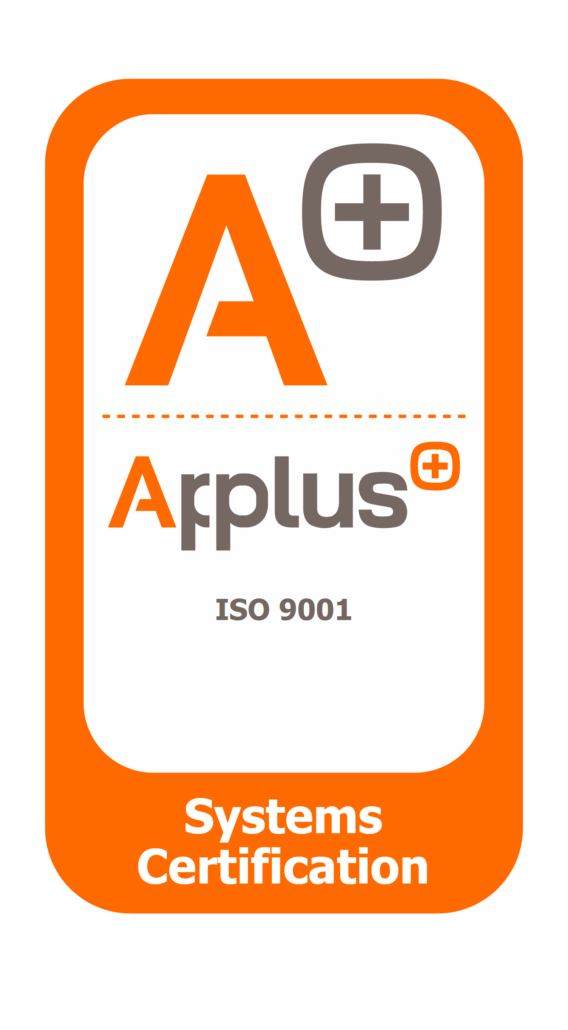Understanding IoT Communication Protocols
IoT Communication Protocols are the invisible link between connected devices and the cloud. These protocols define how IoT devices transmit data across networks, whether it’s temperature from a cold storage unit or motion from a parking sensor.
Choosing the right communication protocol is critical for your IoT project’s success. The protocol impacts energy consumption, range, cost, scalability, and data frequency. Among the most widely used are LoRaWAN, NB-IoT, and Sigfox. Each has specific strengths and is best suited for particular applications.
At thethings.iO, we’ve helped thousands of businesses deploy devices using all three protocols. In this article, we’ll break down their differences to help you make the right decision for your connected solution.
What Are the Main IoT Communication Protocols?
LoRaWAN: Flexible and Ideal for Long-Range, Low-Power
LoRaWAN (Long Range Wide Area Network) is a popular open-standard protocol. It operates on unlicensed spectrum and is known for long-range communication with low power consumption. LoRaWAN is perfect for rural or suburban deployments where cellular coverage may be unreliable.
Typical use cases include:
- Smart agriculture (soil sensors, water monitoring)
- Asset tracking over wide areas
- Smart metering in remote zones
LoRaWAN networks can be public, private, or hybrid, offering excellent flexibility for integrators and municipal projects.
LoRaWAN (Long Range Wide Area Network) is a popular open-standard protocol. It operates on unlicensed spectrum and is known for long-range
NB-IoT: Secure and Scalable Cellular Option
NB-IoT (Narrowband IoT) is a cellular-based protocol developed by the 3GPP standard. It uses licensed spectrum and offers excellent penetration in urban environments, such as basements or underground infrastructures.
Key advantages of NB-IoT include:
- Built-in SIM-based security
- Strong support from telecom operators
- Suitable for fixed-location, high-volume deployments
NB-IoT is ideal for:
- Smart buildings (HVAC, energy monitoring)
- Parking sensors
- Utility metering at scale
Sigfox: Lightweight and Cost-Effective for Simple Use Cases
Sigfox is a low-power wide-area (LPWA) network protocol with ultra-narrowband communication. It focuses on very low data rates, low costs, and long battery life.
Best suited for:
- Devices sending occasional small payloads
- Global asset tracking (where roaming is expensive)
- Industrial sensors with limited transmission needs
However, Sigfox is less flexible in terms of bidirectional communication and scalability compared to LoRaWAN or NB-IoT.
How to Compare IoT Communication Protocols
When selecting between LoRaWAN, NB-IoT, and Sigfox, consider the following:
Power Consumption
If your device needs to run on battery for several years, LoRaWAN and Sigfox are often better suited due to their lower power profiles.
Data Volume & Frequency
For applications requiring regular or larger data payloads (e.g., real-time monitoring), NB-IoT is generally the most robust. Sigfox is more limited in message frequency and size.
Coverage & Range
LoRaWAN offers long-range in open areas. NB-IoT shines in dense urban settings. Sigfox depends on the operator’s network presence in your region.
Security Requirements
NB-IoT includes native security from the mobile network operator. LoRaWAN and Sigfox can also be secure but depend more on device configuration and platform features.
Cost Considerations
Sigfox and LoRaWAN can be cost-effective due to lower network fees. However, NB-IoT might be preferred if your telecom provider offers competitive M2M packages.
Integrating Protocols with IoT Platforms
Choosing a protocol is only the beginning. Once connected, your devices must communicate with an IoT platform to store, visualize, and act on the data.
At thethings.iO, we support all major protocols including LoRaWAN, NB-IoT, and Sigfox. This means you can:
- Onboard devices quickly
- Decode payloads from each protocol
- Build custom dashboards for any vertical
- Switch between protocols as projects evolve
This flexibility is crucial for businesses managing multi-protocol environments or scaling internationally.
IoT Communication Protocols in Action
Here are some real-world examples of how companies use these protocols:
- A waste management company uses LoRaWAN sensors in containers to optimize collection routes.
- A utility provider relies on NB-IoT to monitor smart meters in buildings across a dense urban area.
- A retail chain tracks non-powered pallets globally using Sigfox for minimal-cost tracking.
Each of these shows how aligning protocol choice with business goals leads to better results.
Conclusion: Choose Based on Use Case, Not Popularity
There’s no “best” protocol, only the right one for your needs. Whether you’re focused on battery life, coverage, cost, or security, IoT communication protocols like LoRaWAN, NB-IoT, and Sigfox each offer distinct advantages.
Understanding their differences allows you to build more efficient and scalable solutions. With platforms like thethings.iO, you can connect, visualize, and manage data from any of them, giving your business the agility it needs in a fast-moving IoT ecosystem.


